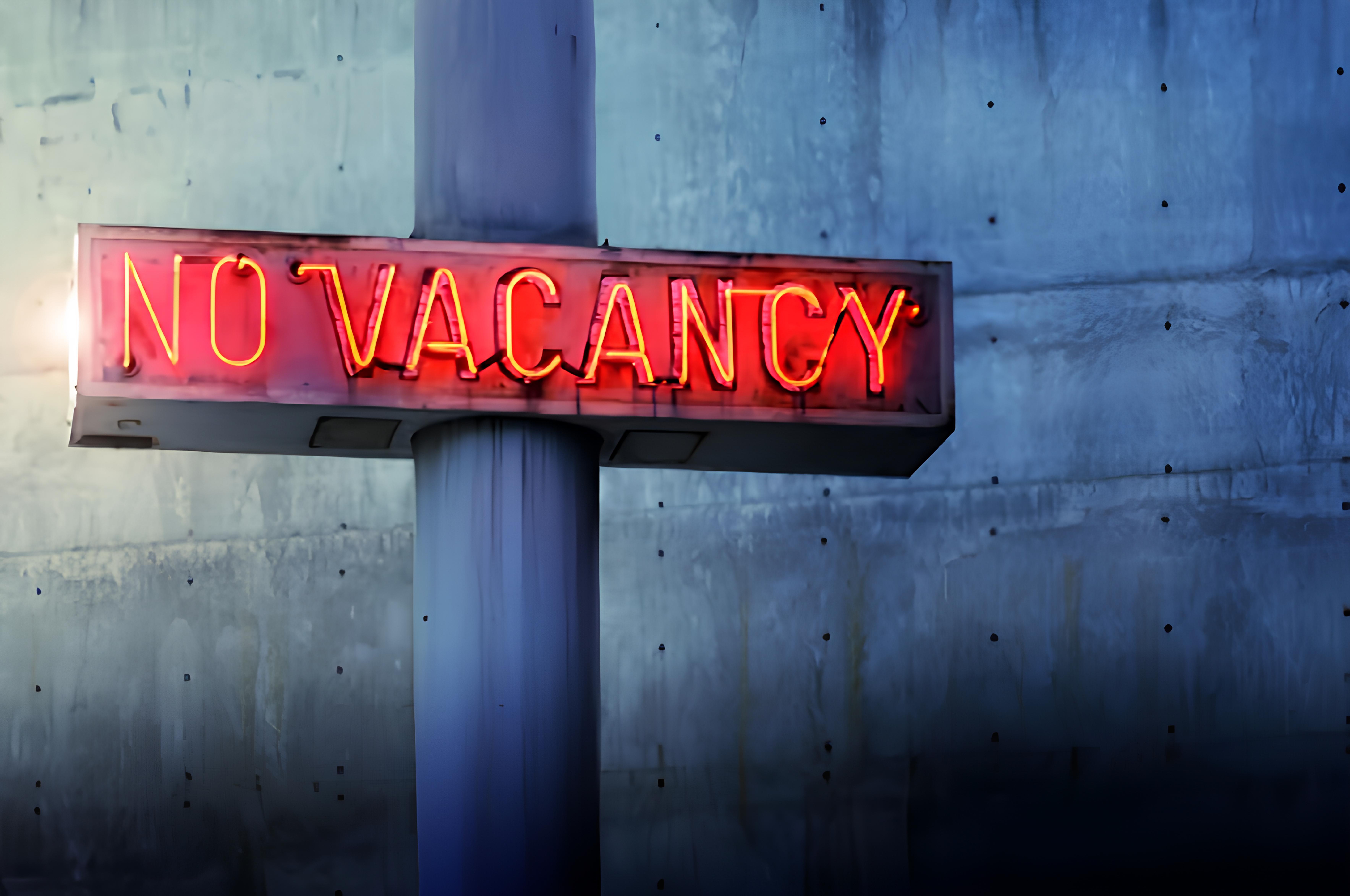
- Resources
- Understanding the Hotel Booking Curve: A Quick Guide
When it comes to hotel revenue management, the booking curve is a crucial data tool that helps revenue leaders optimize their pricing strategies. Here I will delve into what a booking curve is, how to read it, and how it can be used so we can make informed decisions. I'll also incorporate the Luxe Pricing airplane analogy that we leverage to provide a clearer understanding of how we image this theoretical curve in the real world. Let’s dive in…
What is a Booking Curve?
A booking curve is a graphical representation that shows the number of bookings made overtime leading up to the arrival date. Revenue managers use this to visualize the pace at which rooms are booked and make data-driven decisions from it so they can optimize occupancy and revenue. The curve starts from the day bookings open and extends to the day of arrival, showcasing the incremental number of bookings over time.
The Luxe Airplane Analogy

To have a better understanding of the booking curve, at Luxe Pricing, we like to use an analogy of an airplane. Imagine the booking curve as the trajectory of an airplane landing. The goal is to land the plane (i.e., fill the hotel) smoothly and right on time, with all rooms occupied by the time it touches down at say 6pm on the day of arrival. The slope of the curve represents the speed and pace of bookings. In this case the horizontal axis (X Axis) is the time prior to arrival and the vertical axis is the number of rooms left to sell. When the plane lands and settles we are at 0,0 (zero minutes to arrival and zero rooms left to sell). Now some of the world’s best pilots use an airplane autopilot system, just like some of the world’s best revenue managers use our HouseCount RMS autopilot features to maximize yield. This is why you’ll often see us using some aviation imagery around here.
Reading the Booking Curve
 Let’s step back and look at the booking curve that you are likely more used to seeing. Reading the booking curve involves analyzing its shape and slope to understand booking patterns and make decisions with a strategy in place. Here are some key aspects you should consider:
Let’s step back and look at the booking curve that you are likely more used to seeing. Reading the booking curve involves analyzing its shape and slope to understand booking patterns and make decisions with a strategy in place. Here are some key aspects you should consider:
Number one on the list is Booking Pace: The slope of the curve indicates the pace or speed at which bookings are made. Going back to our airplane think of pace as how fast are we moving toward the ground. A steep slope means bookings are coming in quickly, while a gentle slope means a slower booking pace. At Luxe we call what is traditionally “Booking Pace” velocity.
Number two is called Booking Window: The booking window refers to the time frame between a booking and the arrival date, helping hoteliers identify trends and patterns, such as whether guests tend to book well in advance or closer to the arrival date.
Third on the list is Comparisons with Historical Data: Comparing the current booking curve with historical data allows hoteliers to identify deviations and trends. For example, if the current curve shows a slower booking pace compared to the same period last year, it may indicate a need for adjustments in pricing or marketing strategies. At Luxe we compare the current performance against historical performance and call this position.
Finally, Occupancy Rate: The y-axis of the booking curve represents the cumulative number of bookings, which can be translated into the occupancy rate. By analyzing the occupancy rate at different points in time, hoteliers can identify periods of high and low demand and adjust their strategies accordingly.
Luxe Pricing's Approach: Velocity and Position
At Luxe Pricing, we take a unique approach to revenue management where we focus on the concepts of Velocity and Position. As briefly mentioned above by velocity, we mean the speed at which bookings are made, while Position indicates the current status of bookings relative to the target we set. By analyzing these two metrics, we can make more accurate pricing decisions and optimize revenue.
Velocity: By monitoring the actual booking velocity against the target velocity, we can determine if sales are ahead of schedule or lagging. If the actual velocity exceeds the target, it indicates strong demand, allowing us to adjust prices upward to maximize revenue. Conversely, if the actual velocity is below the target, we can implement promotions or discounts to boost bookings.
Position: This refers to the current status of bookings compared to the target position. If the actual position is ahead of the target, this means bookings are on pace or ahead of schedule, allowing us to maintain or increase prices. Whereas if the actual position is above the target, it indicates a need for adjustments to attract more bookings and achieve the desired occupancy rate.
By integrating Velocity and Position into our pricing models, Luxe Pricing empowers our clients to make data-driven decisions that optimize revenue. This approach enables us to create demand rather than merely reacting to market conditions, positioning our clients as leaders in the hospitality industry.
Whether you're an experienced revenue manager or new to the industry, mastering the booking curve is essential if maximizing revenue is on your list.
About The Author
Ben Scholl
Global Partnership Executive
- Recent Posts


Newsletter Signup
Get Hooked! Sign Up to get the latest catch sent to your inbox.
.jpeg.jpg)